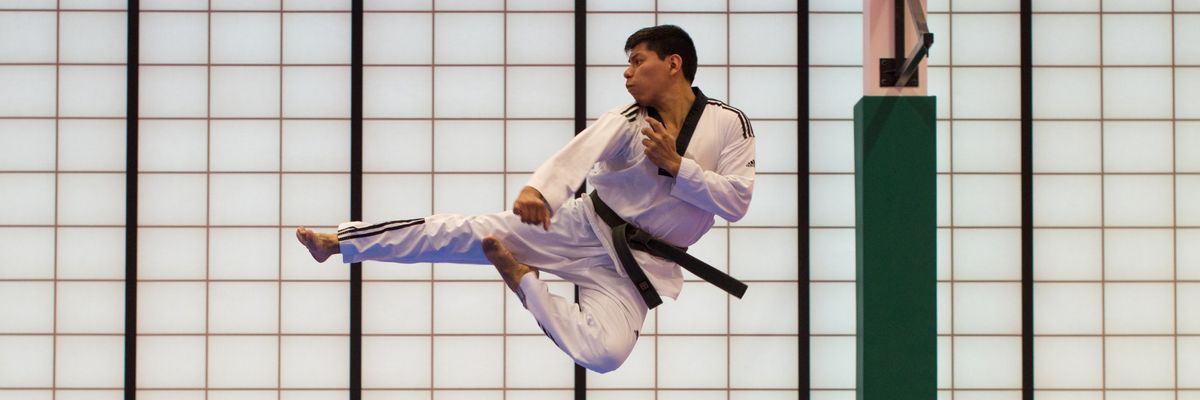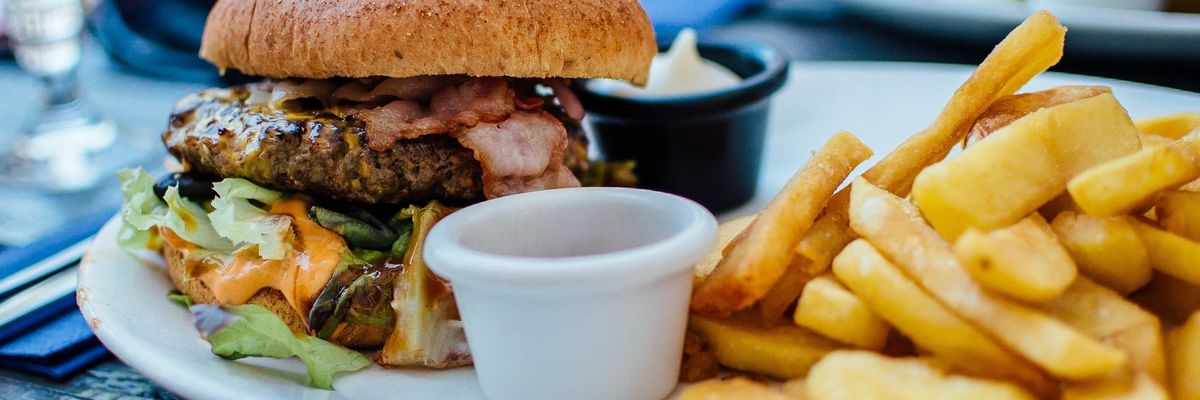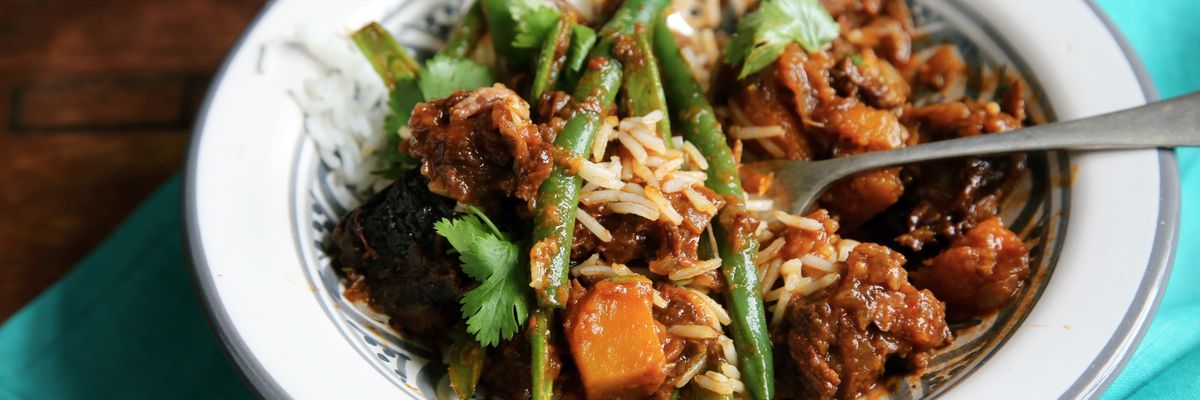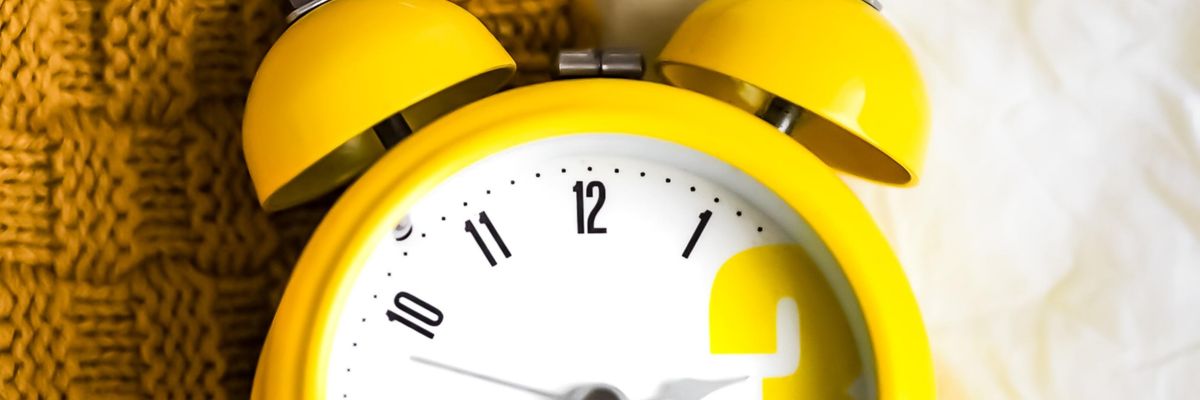Cooked food on black bowl
Athletes are inundated with information on how to train and recover; they don't need the added pressure of dietary information overload. Food choices affect performance, but too often we get caught up in looking for the magic bullet and honing in on specifics only to ignore the big picture.
The truth is, the majority of people seeking fitness gains benefit from backing off a bit and getting back to basics — for example: Consuming a routine diet that includes a variety of colorful, nutritious whole foods.
1. TRACK FOR ENERGY INTAKE

Man doing karate stunts on gym
Photo by Uriel Soberanes on UnsplashEnergy intake relative to exercise energy expenditure is known as energy availability. It could be tempting to up exercise without increasing the fuel to support the effort in order to get lean. However, too many athletes succumb to over-restriction and caloric deficits, which results in the body being forced to use lean tissue as fuel. Ultimately, this hinders performance and body composition.
Instead of micromanaging macronutrient breakdown, milligrams of a specific vitamin, or supplement intake, aim to have a daily balance of calories you consume versus burn. Ensuring your overall energy needs are being met is a huge game changer in how you feel and consequently how you perform.
2. REDUCE THE JUNK

Selective focus photography of burger patty, mayonnaise, and French fries served on platter
Photo by Robin Stickel on UnsplashAll foods can fit into an overall healthy diet, however, consuming foods low in nutrient density is like loading up on the 'junk miles' in your workouts. It's fuel, but it isn't making you any better. Aim to reduce the amount of low nutrient density foods consumed day to day. The best athletes indulge occasionally, but know 80% of their intake should be high-quality calories — Think: complex carbohydrates, plant proteins, omega and unsaturated fatty acids and colorful produce — to best fuel their health and performance needs. Skipping packaged foods is the best way to start eliminating poor quality foods.
3. BUILD YOUR PLATE

Meat with vegetable on plate
Photo by Caroline Attwood on UnsplashA great place to start simplifying your diet is to focus on balance, and the plate method is a great example of how to do this. Instead of measuring or weighing your food, you can use the plate's template to add protein, carbohydrates (grains or starchy vegetables) and produce, in the designated areas. This method focuses on balance — having different food types represented — and since each food type has its place, portion control comes naturally. It also provides some structure without being overbearing or restrictive. Start with a simple meal of grilled chicken, sweet potato and a salad drizzled with vinaigrette, before exploring more adventurous meals.
4. STICK TO A ROUTINE

Yellow and white alarm clock at 10 10
Photo by Laura Chouette on UnsplashMake day-to-day eating easy by sticking to a handful of high-quality meal or ingredient staples. Many professional and elite athletes eat the same meals and reach for the same snacks repeatedly. This helps reduce decision fatigue and stress, factors that increase low level inflammation and potential weight gain — the opposite of what most athletes want.
Make a list of three meals you fall back on for breakfast, lunch and dinner. Rotating the same few meals makes shopping and meal prep easy.
| Breakfast | Lunch | Dinner |
|---|---|---|
| Oatmeal with berries and yoghurt | Chopped chicken salad | Peanut tempeh with mixed vegetables and quinoa |
| Whole-grain toast with avocado and eggs | Bean burrito bowl | Steak with baked sweet potato and green beans |
| Tofu scramble burrito with fruit | Turkey and hummus on whole-grain bread with an apple and yoghurt | Salmon poke bowl with brown rice |
An Unspoken Wound: How I'm Healing The Trauma Of Not Having A Relationship With My Mother

I used to be a child that sought constant acceptance, approval, and validation from my mother. I longed for the mother-daughter relationships that I saw on TV, in movies, or that my girlfriends had with their mothers. I would be triggered watching mother-daughter Lifetime movie scenes. Warm tears slowly rolled down my face as I watch rehearsed scenes of what a mother-daughter relationship should look like.
As a child, I remember feeling like I was not worthy of my mother’s love. I remember feeling jealous of the love my mother would show to my twin brother and cousins. But when it came to me, my mother seemed to treat me differently. Every difference of opinion seemed to create distance. Every conversation turned into an argument. And I could never understand why.
From the time I was in middle school or either high school, I looked for motherly love in other women – my older cousins, aunts, godmother, my girlfriends’ mothers, and colleagues. At one point, physical distance made our relationship more amicable. But as I started to undo conditioned beliefs, become my authentic self, and heal my inner child, my relationship with my mother went from strained to completely estranged over the years. Believe me — I have tried to fix things with my mother. The pain just lingers. This is never what I had wanted. And I still don’t want it to be this way. I mean, what daughter would want that?
It took time and therapy, but I had to protect my energy and make peace with my reality. I love my mom as any daughter would. My mother is the reason I stand on my feet and not on my knees. I am more than grateful for my mother and everything she sacrificed for me. Because of my mother, I present and carry myself well. Extremely well. I am strong, independent, respectful, confident, responsible, educated, eloquent, well-dressed, successful, compassionate, well-rounded, graceful, disciplined, and hard-working. She raised one hell of a woman.
The relationship we have with our mothers is seen as one of the most important relationships in our lives. It is this type of relationship that dictates your interactions with other people. It is said what happens in your childhood shows up in platonic and romantic relationships. It’s true. Most of the time, mother-daughter relationships are portrayed as healthy, secure, loving relationships. Women often say, “My mother is my best friend.” However, this isn’t true for some women. As women have become more transparent about generational trauma, it’s definitely not true. What is true is that more and more women are sharing their experiences with having a toxic mother.
And I think it’s time we elevate the conversation about toxic mothers. It was within the last year or two I learned that the psychological term for an unhealthy relationship with our mothers is called the "mother wound." Thanks to the Instagram page @motherwoundproject, women like me have a resource to understand, validate, and cope with our own mother wounds. Let’s take a closer look at what the mother wound is, the signs of the mother wound, and how to find healing.
What Is the Mother Wound?
According to Stephi Wagner, the founder of the Mother Wound Project, the mother wound is all the pain we carry from our relationship or lack of relationship with our mothers. It is the generational pain and a intergenerational complex trauma inherited and passed down between grandmothers, mothers, and daughters. The mother wound usually affects women of color, women from immigrant families, or women living in poverty. This pain can stem from childhood, adolescence, or adulthood.
It is important to note that the mother wound is not gender specific – both men and women can have mother wounds. However, it is more common in mother-daughter relationships. The mother wound can also be described as a loss or lack of mothering. For example, your mother may have been able to provide physical needs but could not provide for your emotional needs. Causes for the mother wound can range from neglect, emotional abuse, physical abuse, financial abuse, and/or sexual abuse.
The Signs of Having the Mother Wound
Every mother's wound is different and is experienced differently. It can cause emotional and mental damage. For me, my mother wound showed up as wanting my mother’s approval, trying to please my mother with my academic accomplishments, shaming my body, thinking my mother didn’t love me, conflict avoidance, and having weak boundaries.
According to Psychology Today, signs of the mother wound can look like this:
"Never feeling they had their mother's approval or acceptance;
"Concerns about not being loved by their mother or not being loved as much as other siblings or family members;
"Difficulties in relating to the mother on an emotional level;
"Feelings of having to protect, care for, or shelter your mother rather than her protecting, caring for, and sheltering you."
And according to the Mother Wound Project, other signs of the mother wound may be described as the following:
"You feel responsible for the feelings and happiness of others;
"You have a history of unfulfilling, difficult, or even abusive relationships;
"You are either afraid of conflict and find yourself avoiding it at all costs, OR You find yourself seeking out conflict for the wrong reasons;
"You believe deep down that you are 'unlovable' or 'hard to love';
"You have a hard time saying no, setting boundaries, or asserting yourself, especially when others may be disappointed or upset;
"You care too much about the judgments and opinions of others."
These negative feelings lead to reduced self-esteem in your childhood and as an adult. Ultimately, one can end up having codependency issues in their adult relationships or struggle with an attachment disorder.
Healing From the Mother Wound
For the longest time, I thought I was the only one who had a difficult relationship with their mother. By speaking my truth, I found that three of my close friends also do not have healthy relationships with their mothers. And honestly, there was so much comfort and healing in knowing I had a friend that could relate to my experiences. It’s not easy to talk about the pain of not having a relationship with your mom. You are often envious or feel a way knowing that your friends have what you desire. The type of mother-daughter relationship filled with open communication, transparency, love, affection, and friendship.
Most of the time, friends like this don’t understand or can’t relate. They say things like, “I can’t imagine not speaking with my mom,” “You only have one mom,” or “It’s still your mom.” And to someone who struggles with not having their mom in their life - it’s probably the worst thing you could ever say simply because that is not our truth.
An article by Mindbodygreen states that in order to heal from a mother wound we must learn to re-mother ourselves and set boundaries around the relationship with our mothers. We have to create a new relationship with ourselves and learn to meet our own emotional, physical, and practical needs. This means acknowledging our pain and grieving that pain with our inner child. It is recommended to work with a therapist to process those feelings.
I first addressed my mother wound in talk therapy and journaling. I also worked through my pain in Eye Movement Desensitization and Reprocessing (EMDR), a past life regression (hypnosis), and equine-assisted therapy (horse therapy). The memories and feelings I had to unpack were uncomfortable but necessary for me to heal. I had to come to the understanding that the women before me didn’t know any better and were doing what they thought was right. By acknowledging this, I was able to change my reaction and/or responses, show compassion, and forgive my mother.
Please note that the mother wound is not a clinical or medical diagnosis. The mother wound just cuts deep. It is something that many women struggle to heal from. And if you are trying to heal from the pain of having a difficult mother-daughter relationship, I want you to know you’re not alone. It’s going to take some time.
And it’s going to take remembering things you don’t want to remember. You’ll unpack a whole lot of feelings. There’s going to be some ugly crying too, but the pain will soften. You will still have your moments and internal battles, but you will find acceptance, comfort, and peace. I have found that women have the natural ability to connect through our pain and heal each other just by sharing our truths.
So, if you think you are suffering from a mother wound or have a broken relationship with your mother, you can and will find healing.
I did and I am still healing.
Let’s make things inbox official! Sign up for the xoNecole newsletter for daily love, wellness, career, and exclusive content delivered straight to your inbox.
Featured image by monkeybusinessimages/Getty Images
The Great Report
2020 Global Report Sheet




